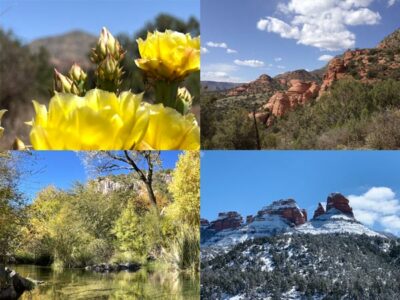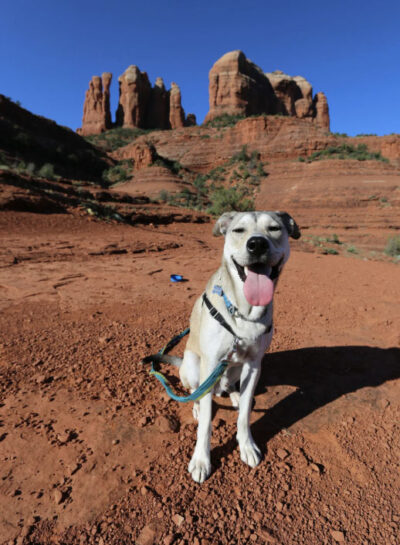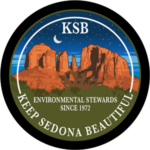Hiking in Sedona: Seasons, Safety & Stewardship
An opportunity to connect with the land and protect it for future generations.
Sedona’s trails offer something special in every season—whether it’s the fresh bloom of spring wildflowers, the golden hues of fall, or the crisp air of a winter hike. No matter when you visit, hiking here is more than just a recreational activity.

Seasonal Hiking in Sedona
Each season brings unique conditions to Sedona’s trails:
Spring is a great time to hike in Sedona because of the mild weather and spring flowers and trees. Spring flowers start with the delicate pink and white bells on the Manzanitas in March and 89A is lined with ornamental flowering trees through town.
Summer months are June, July, August and September. The monsoon rains in July and August bring summer flowers which can be quite plentiful. Most hikers start as early in the day as possible and end before mid-day due to intense heat.
Fall colors come to Sedona in November and bring beautiful scenery and weather for hiking. The brilliant maple reds are seen in the canyons, but everywhere else there are various shades of yellow.
Winter snow makes hiking more treacherous, but very little snow falls in Sedona. People like to bring their dogs in the winter because the snakes are hibernating and the weather is cool.




Hiking Tips
Sedona is a hiking mecca. Here are some tips:
Hiking with Your Dog
Keep tails wagging and trails clean:


